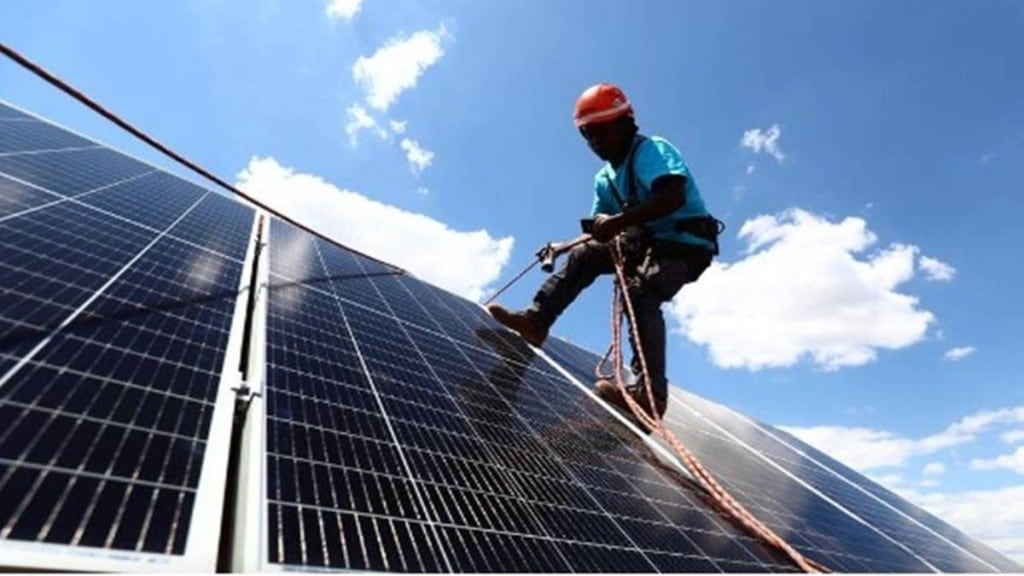India’s solar cell manufacturing capacity is set to touch 50-55 GW by fiscal 2027, up five-fold from 10 GW at the end of fiscal 2024, supported by the government’s policy thrust to reduce imports of cells and modules, as per Crisil Ratings.
The expansion is expected to entail a capital expenditure of Rs 28,000-30,000 crore, likely to be funded through a 70:30 debt-equity mix. “That said, healthy balance sheets and robust cash accrual will support credit quality,” said Crisil.
“To boost domestic demand and cell making capacity, the government has mandated use of cells only from its approved list of cell manufacturers in open access and net metering projects and projects where it is either providing funding assistance or acting as a counterparty. Among other measures, the Production-Linked Incentive (PLI) scheme and domestic content requirement, too, will invigorate local manufacturing,” said Ankit Hakhu, Director, Crisil Ratings. “All these have led to cell capacity expansion announcements of 45-50 GW, which will take India’s overall cell making capacity to ~55 GW over the next two fiscal years,” he said.
However, the country’s dependence on imports of cell may rise in the shorter term before adequate domestic capacity gets built up.
The country’s module manufacturing capacity had increased to nearly 60 GW by March 2024 from around 7 GW in March 2020. This has ensured module imports decline to 25% of total consumption this fiscal from 45% in the last, as per data provided by Crisil. However, import of cells – a key input for module manufacturing – remains high at 80% with majority imports coming from China.
“With domestic cell supply inadequate, import dependence could rise given likely renewable capacity addition,” the agency said. Crisil Ratings expects 60-65 GW of solar capacity to be added over the two fiscals by 2027.
Analysts noted that in a domestically manufactured cell, potentially 70-80% of the module cost can get captured within India (vis-à-vis only 40-50% without it). Plus, the proportion of domestic module capacity supported by domestic cell capacity is expected to increase to more than 50% from less than 15% in fiscal 2024.
Ankush Tyagi, Associate Director, Crisil Ratings said that despite the sizeable capex, the average annual capex intensity will not rise materially which is projected at 1.3-1.5 times over the three years till fiscal 2027 vis-à-vis around 1.2 times over the past three fiscals.
“This will be supported by the expansion in the earnings base driven by the increased module capacity in the past few years and robust operating margins backed by ALMM implementation. Given the healthy demand outlook, the payback period for the capex is expected to be healthy, at 4-5 years,” Tyagi said.
At current price levels, the domestically manufactured cells are expected to be 80-90% pricier than imported cells because of the higher conversion cost of wafers to cells, given the lower economies of scale in India initially and dumping by China analysts say. “Thus, while the expected benefits of PLI and other government schemes may enable manufacturers to partially absorb higher costs, solar project developers may still face some increase in project cost,” as per Crisil.
Analysts note that continued policy support in the form of non-tariff barriers such as ALCM and ALMM is crucial to prop up demand for domestically manufactured cells and modules while remaining cautious of the changes in the US trade policies following the recent regime change and disruptions to wafer supplies, largely imported from China.

